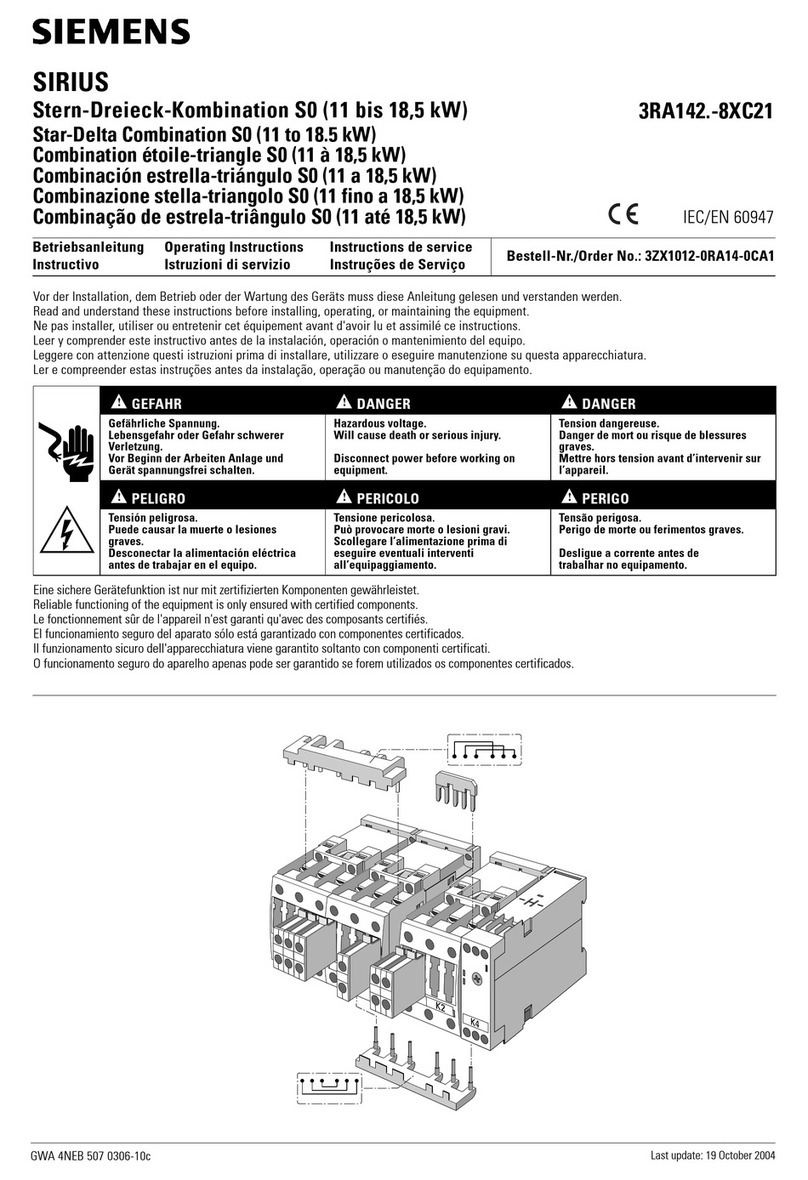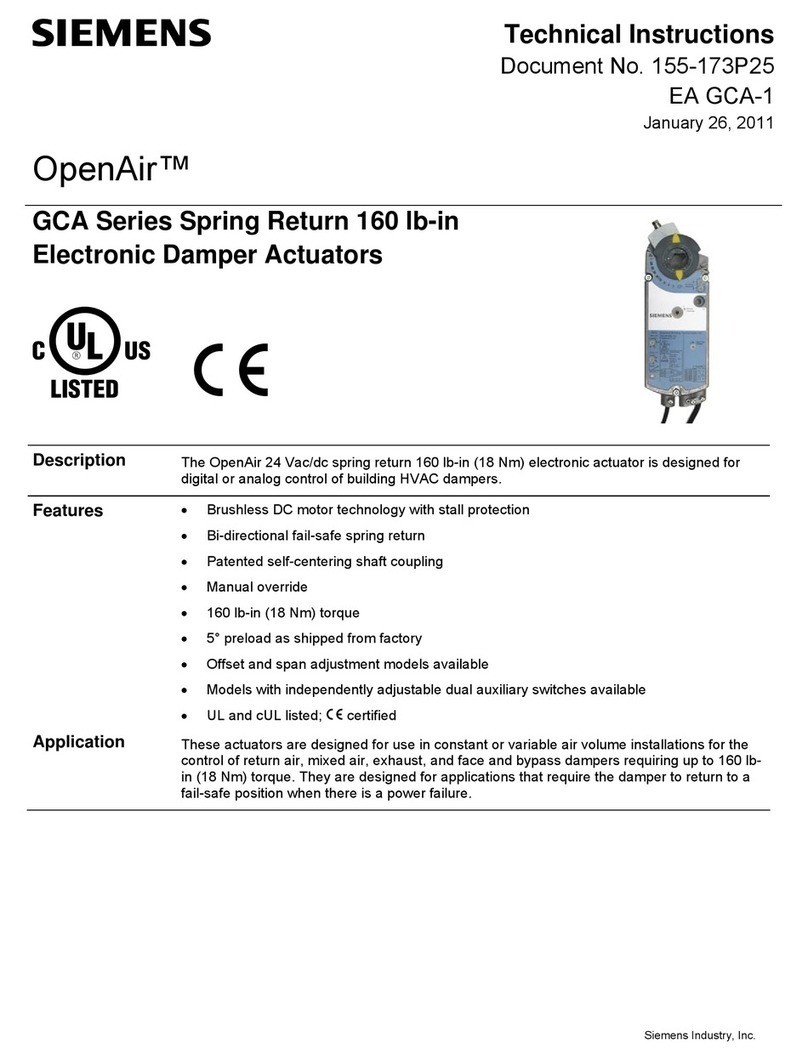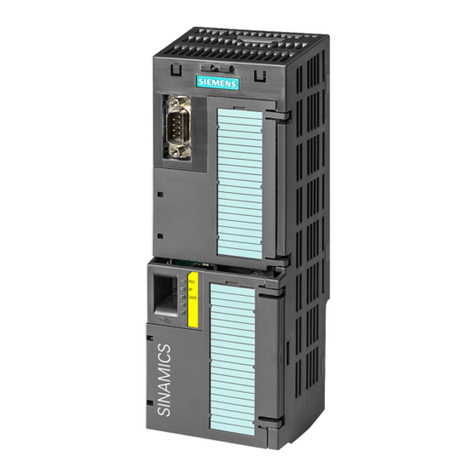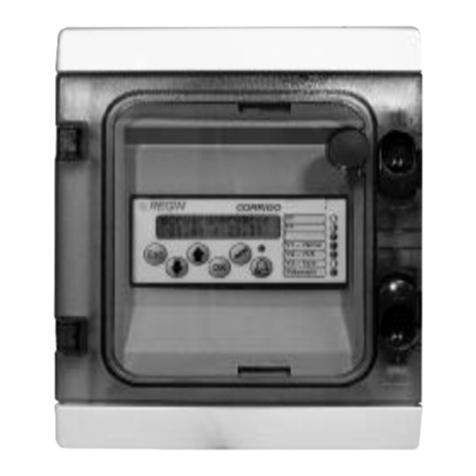Siemens 81000 series User manual
Other Siemens Controllers manuals
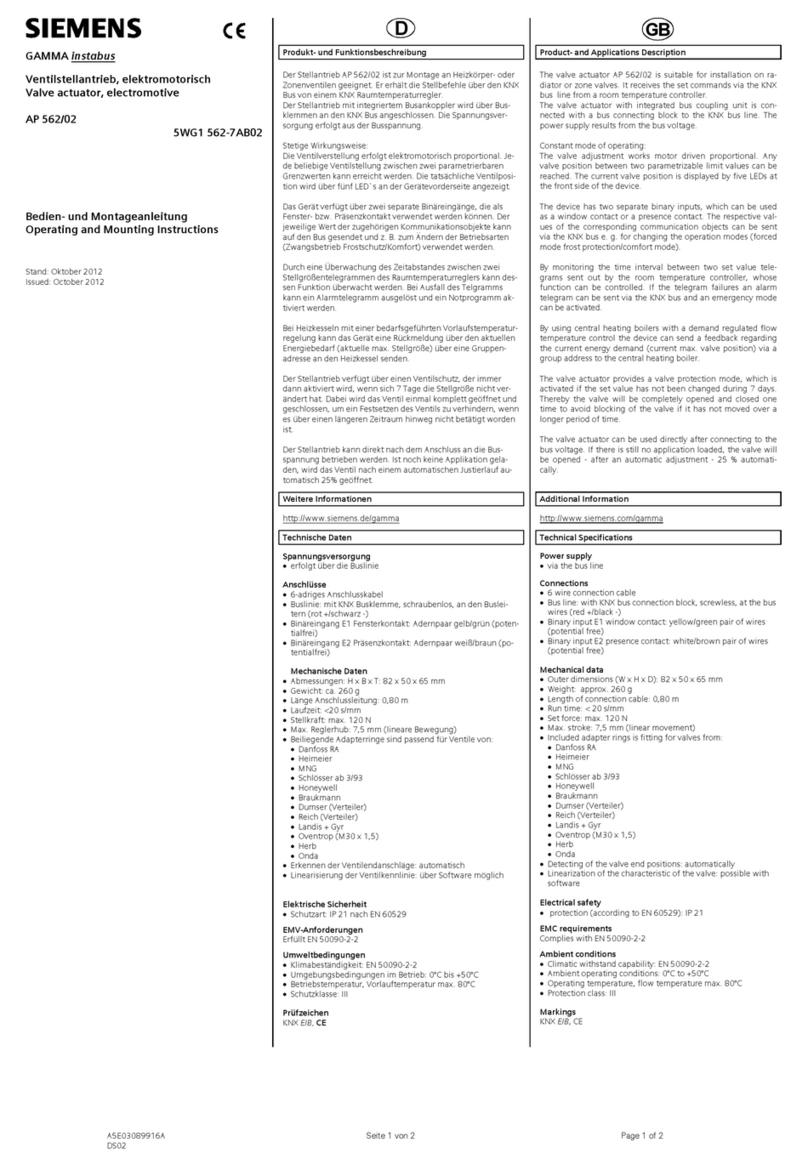
Siemens
Siemens GAMMA AP 562/02 Service manual

Siemens
Siemens SITOP PSU8600 User manual
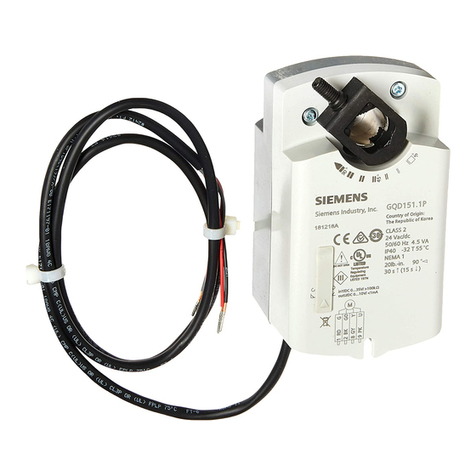
Siemens
Siemens OpenAir GQD Series User manual
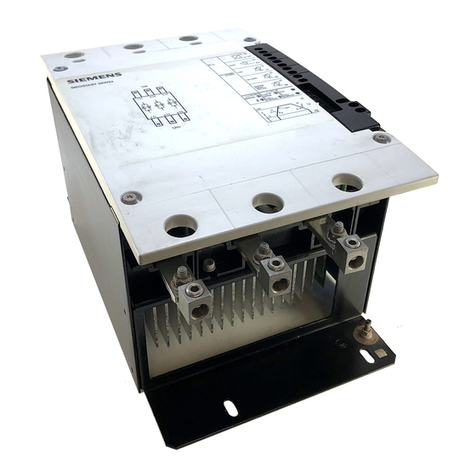
Siemens
Siemens SIKOSTART 3RW34 User manual
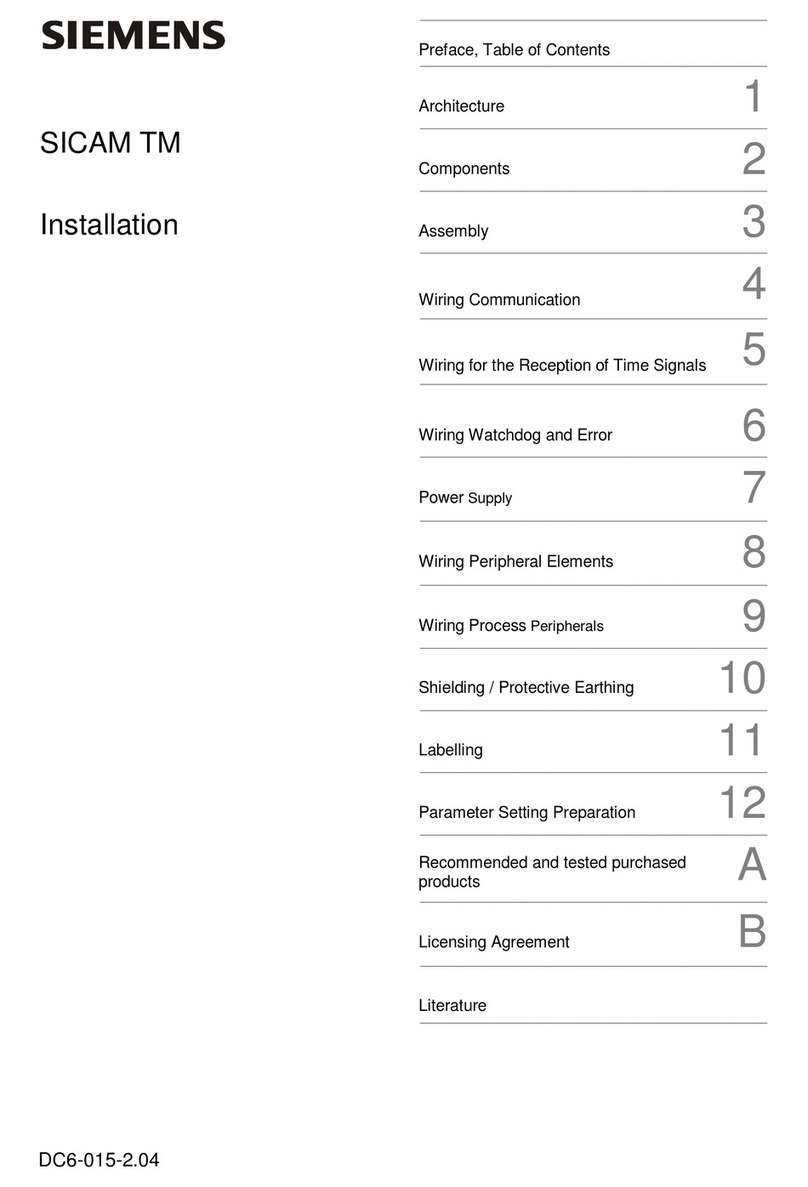
Siemens
Siemens SICAM TM User manual
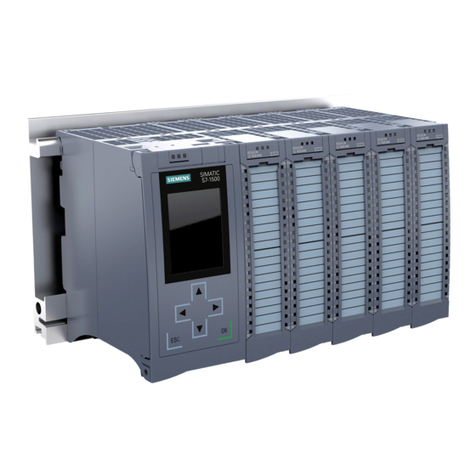
Siemens
Siemens Simatic S7-1500 User guide

Siemens
Siemens 540-716 Service manual

Siemens
Siemens SINUMERIK 828D Turning Quick start guide
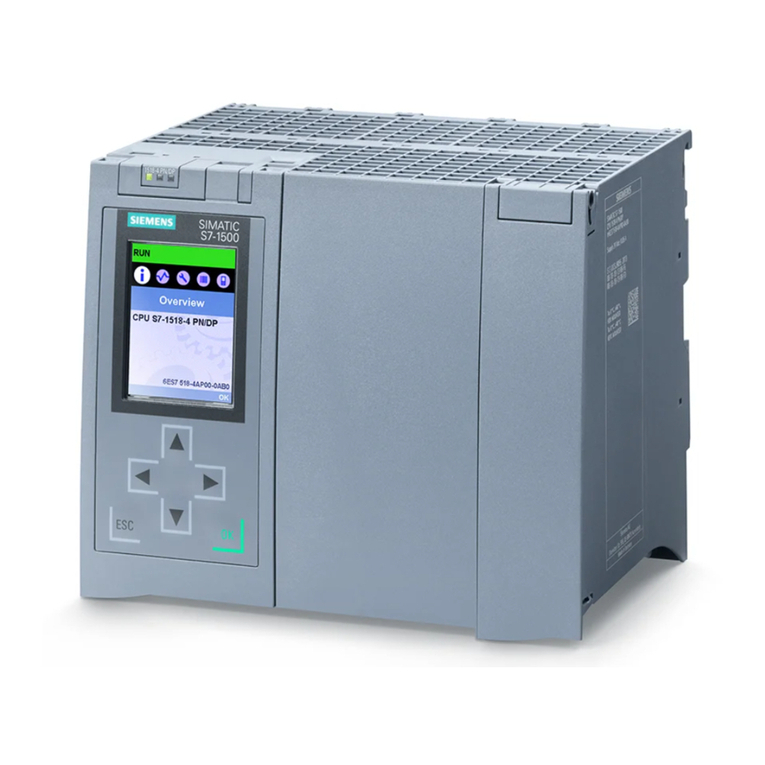
Siemens
Siemens Simatic S7-1500 User manual
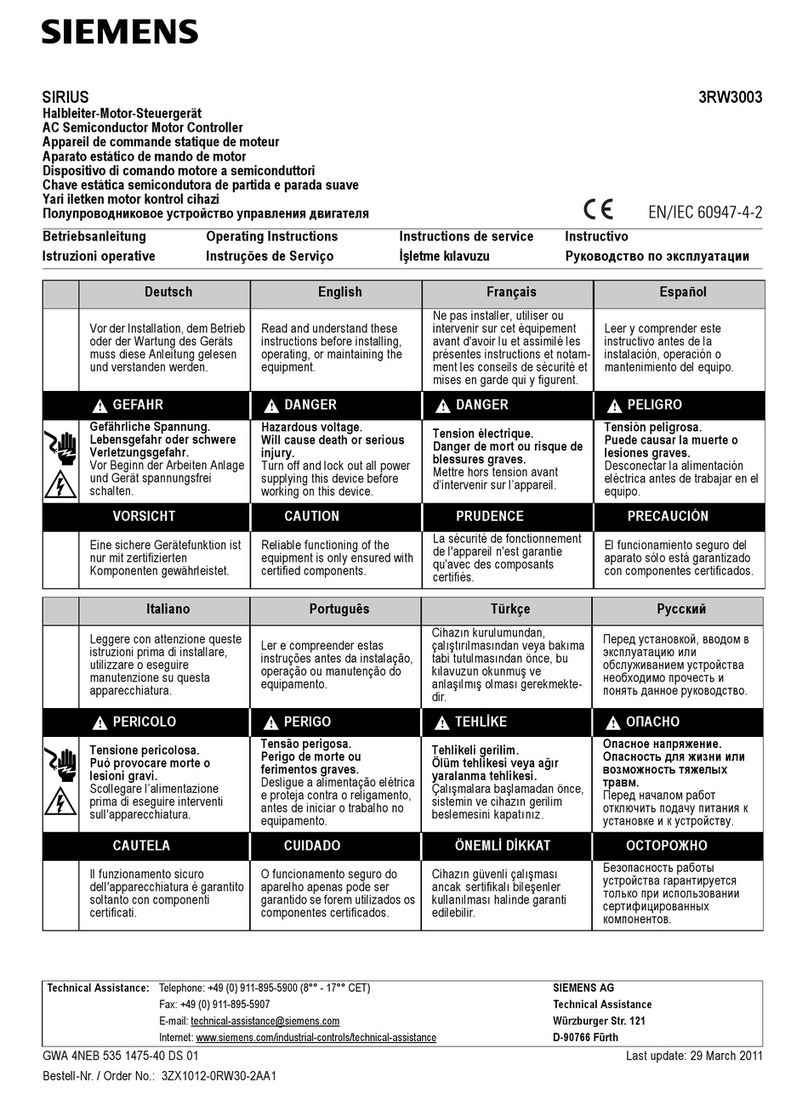
Siemens
Siemens SIRIUS 3RW3003 User manual
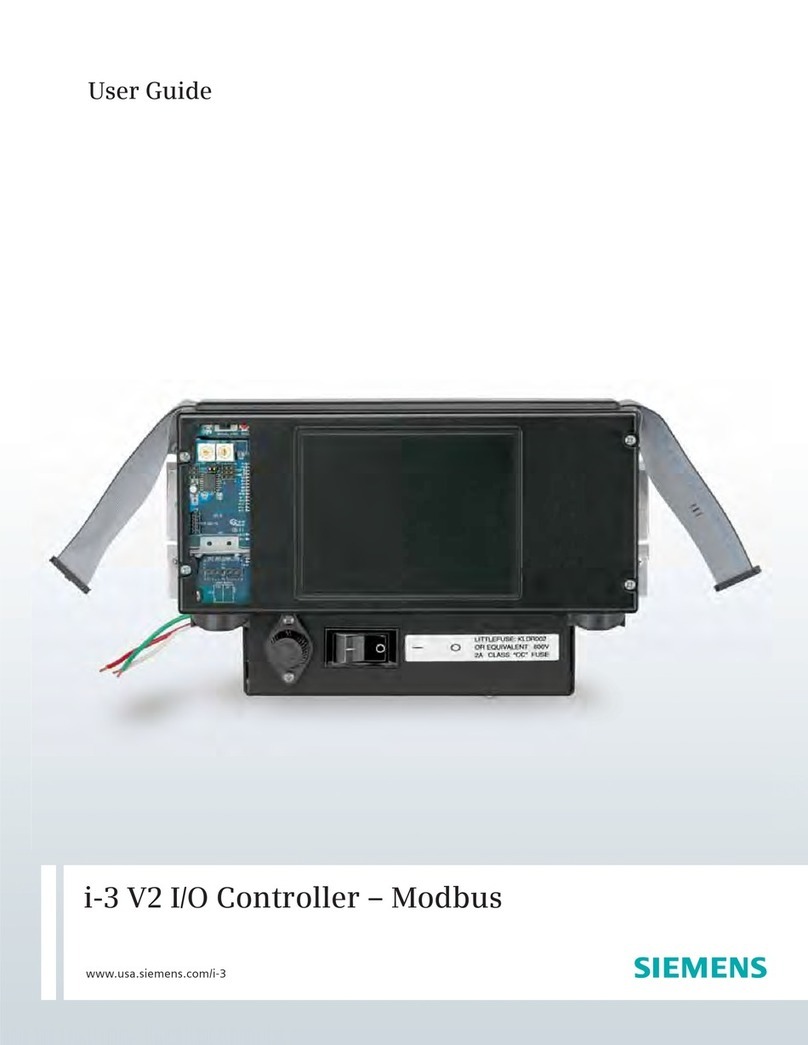
Siemens
Siemens i-3 User manual
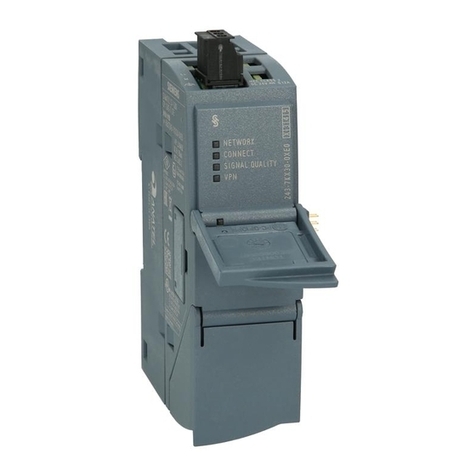
Siemens
Siemens S7-1200 TELECONTROL User manual
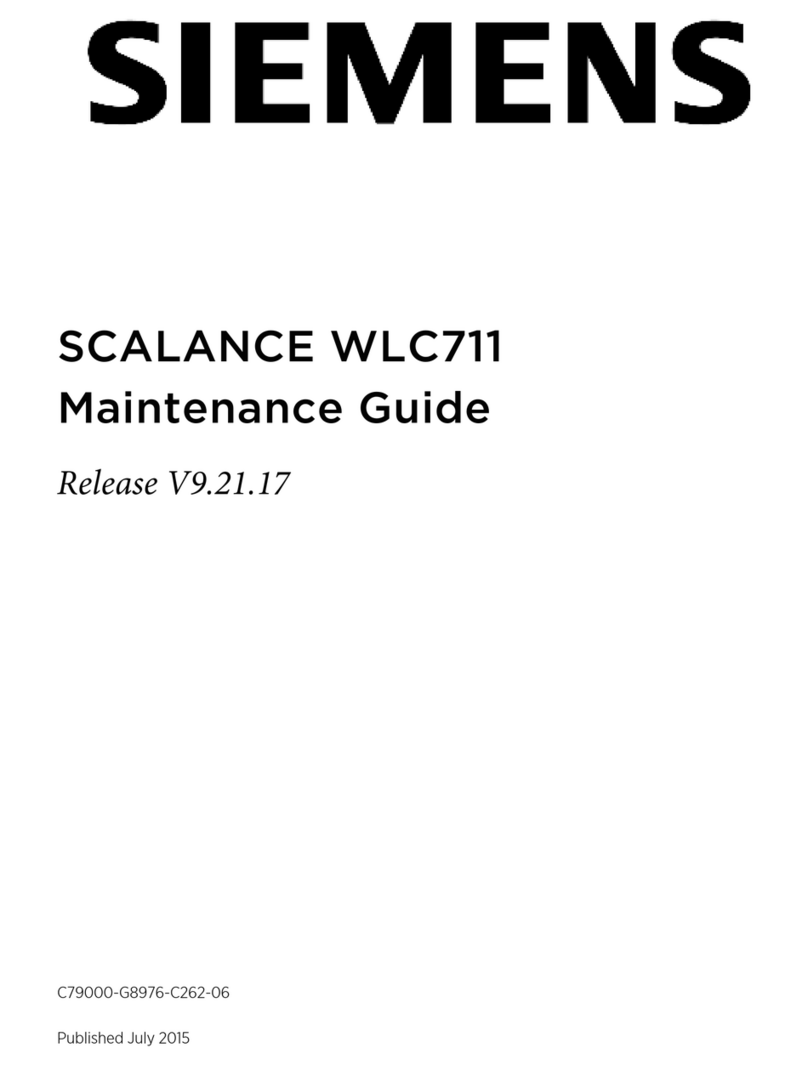
Siemens
Siemens scalance WLC711 Operating manual
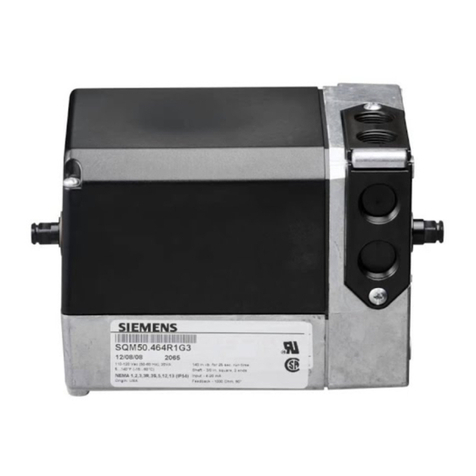
Siemens
Siemens SQM5 Series Instruction Manual
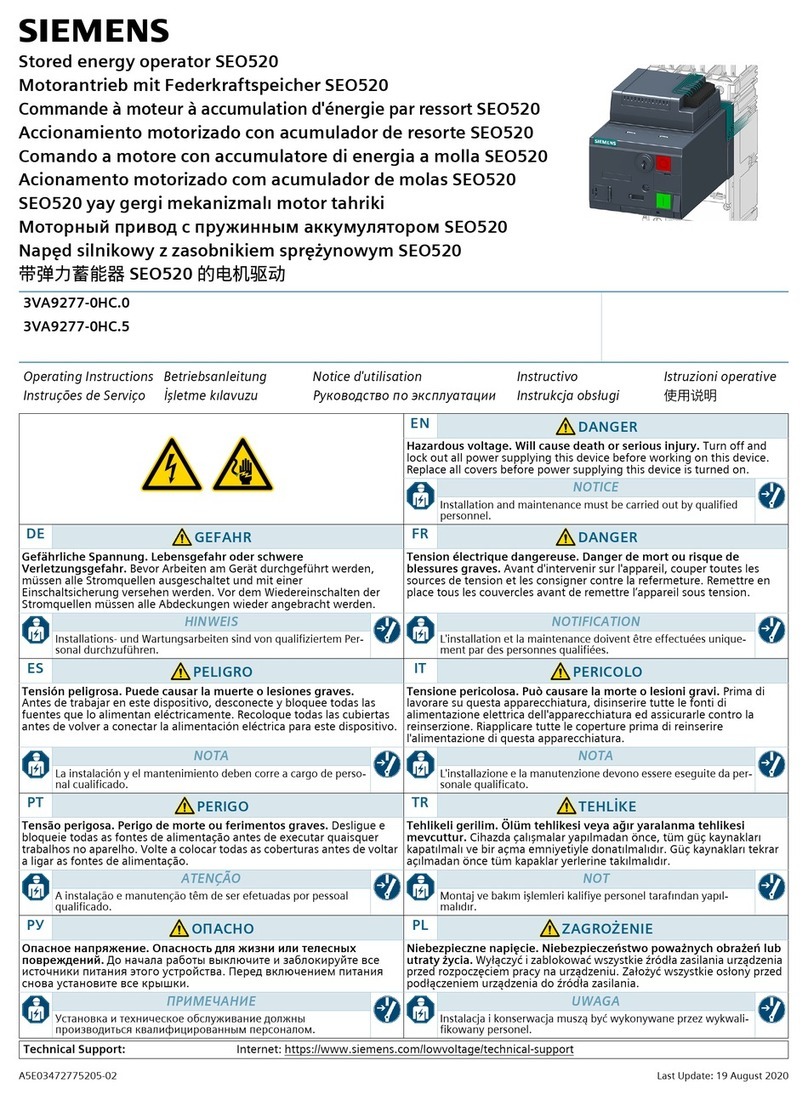
Siemens
Siemens SEO520 User manual

Siemens
Siemens Simatic S7-1500 User guide
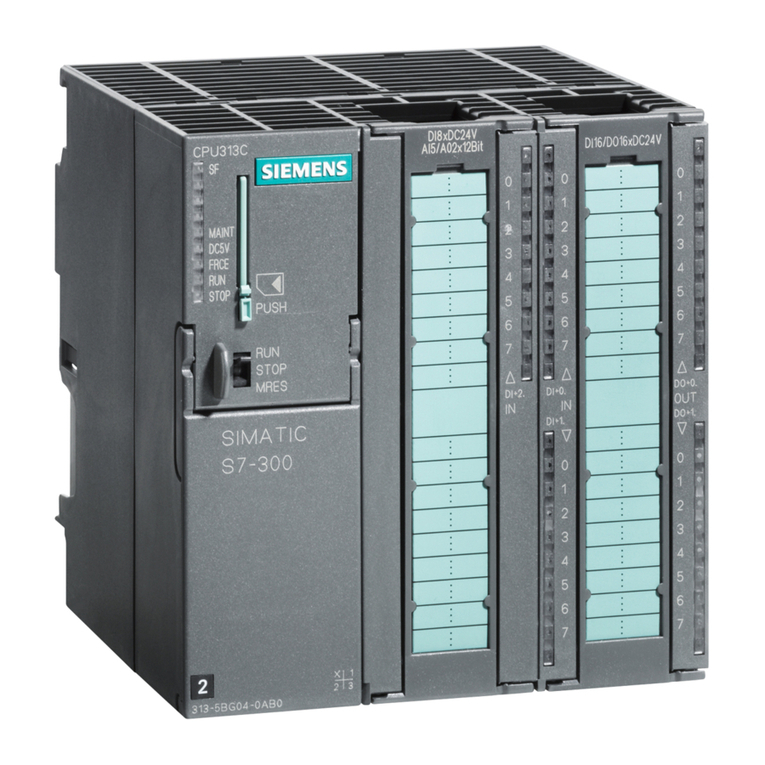
Siemens
Siemens Simatic S7-300 User manual
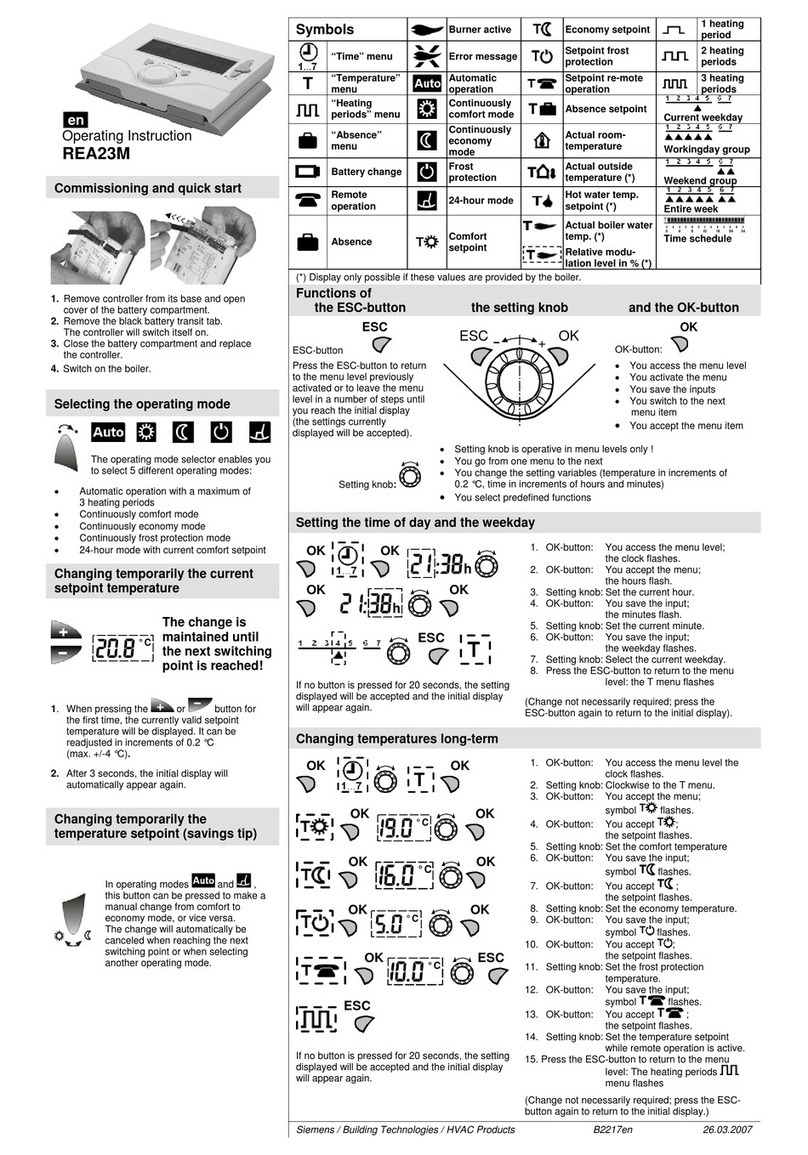
Siemens
Siemens REA23M User manual

Siemens
Siemens Simatic S7-300 Assembly Instructions
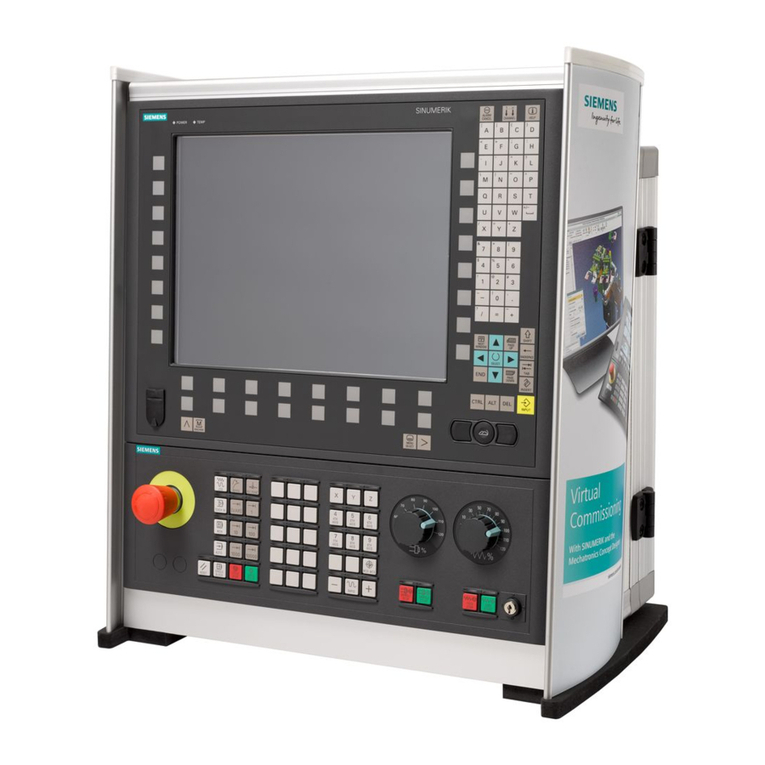
Siemens
Siemens SINUMERIK 840D sl Owner's manual
Popular Controllers manuals by other brands

Digiplex
Digiplex DGP-848 Programming guide

YASKAWA
YASKAWA SGM series user manual

Sinope
Sinope Calypso RM3500ZB installation guide

Isimet
Isimet DLA Series Style 2 Installation, Operations, Start-up and Maintenance Instructions

LSIS
LSIS sv-ip5a user manual

Airflow
Airflow Uno hab Installation and operating instructions
